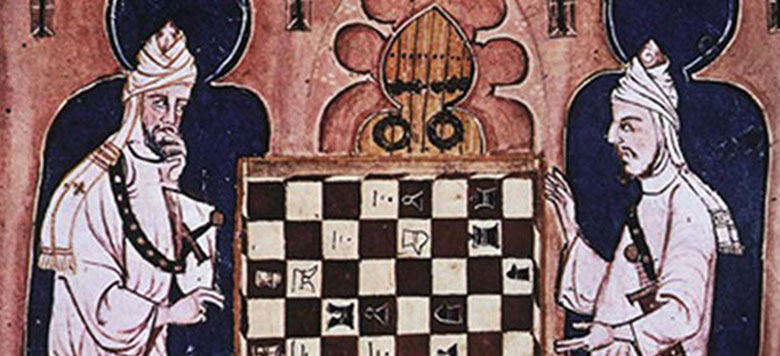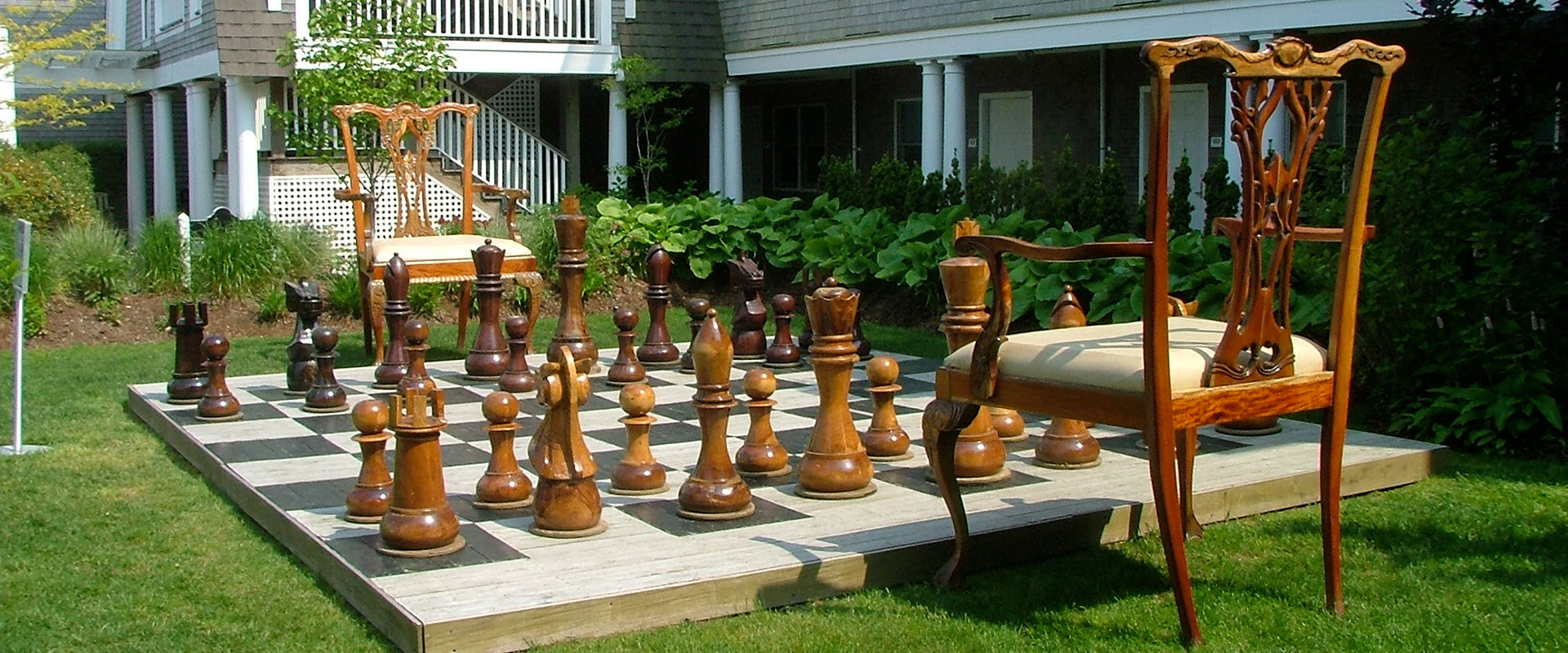Giant Chess Europe
32 giant chess pieces for use as a set
90 cm | 60 cm | 40 cm | 20 cm
Teak chess for those who want to play "big".
For both indoor and outdoor use.
Embellish your garden, park, hotel or house with a chess collection/chess set made of Indonesian teak wood.
These figures are a wonderful handicraft - they are suitable for playing chess, but not as toys for children!
Our giant chess
The chessfigures are made of wood and must be handled with care.
King in 90 cm,
the remaining figures in proportion
They are very well suited for chess or an artistic exhibition, but not as a children's game
(in short, our chess pieces break when thrown on the floor, just like any other wooden sculpture).
Prices
6.200 € + VAT and shipping costs
King in 60 cm,
the remaining figures in proportion
They are very well suited for chess or an artistic exhibition, but not as a children's game
(in short, our chess pieces break when thrown on the floor, just like any other wooden sculpture).
Prices
4.200 € + VAT and shipping costs
King in 40 cm,
the remaining figures in proportion
They are very well suited for chess or an artistic exhibition, but not as a children's game
(in short, our chess pieces break when thrown on the floor, just like any other wooden sculpture).
Prices
2.200 € + VAT and shipping costs
King in 20 cm,
the remaining figures in proportion
They are very well suited for chess or an artistic exhibition, but not as a children's game
(in short, our chess pieces break when thrown on the floor, just like any other wooden sculpture).
Prices
750 € + VAT and shipping costs
The history of the chessfigures
The history of the chess piece begins in the 8th century AD. Most of the pieces of this period have an abstract shape. They were elementary forms.

The oldest chessfigures, which are still preserved, come from the Persian-Arabic cultural area. Often these were made of clay, bone, ivory or even rock crystal from Kashmir. The knowledge about the meaning of these mysteriously designed pieces is not very common today.
These abstract chessfigures came to Europe in the 10th century and were used here for about 800 years.
The mysterious-magical magic of these figures was also felt in the European Middle Ages. This explains the discovery of several abstract game pieces, which were discovered to protect buildings, walled into foundation stones.
The forerunners of modern chess probably originated from the cultural contact India/China.
In the 15th century there was a major reform of the rules of the game. In the following centuries especially European chess masters contributed to the research of the game. With the tournament in London in 1851 the history of modern chess tournaments begins. The competition between Steinitz and Zukertort in 1886 is considered to be the first world championship in chess.

The oldest European text containing the rules of chess is a rhyme poem written in Hebrew by the Jewish Spanish poet-philosopher Abraham ibn Ezra (1089-1164).
Towards the end of the 15th century the modern chess rules prevailed: Pawns may move two squares on their first move, bishops may move diagonally as far as they like (before they jumped exactly two squares), and the queen may move in all eight directions as far as she likes (before only one square diagonally), thus changing from the weakest to the most powerful piece on the board.
In 1616 the first chess textbook in German language was printed: "Das Schach- oder König-Spiel" by Gustavus Selenus.
In 1927 the first Chess Olympiad took place in London. After the death of Alekhine in 1946 the World Chess Federation FIDE (founded in 1924 in Paris by the FIDE) took over the organization of the World Chess Championship.
In recent times, powerful computer chess programs have been developed.

FAQs
Frequent questions
Contact
Ferdinand Stuflesser 1875 Snc
by Filip & Robert Stuflesser
Str. Pontives 20
I - 39046 Ortisei (Val Gardena) - Italy
VAT number: I-02658370214
info@giantchess.eu
+39 0471 796163
+39 335 125 4622
Want to become a reseller?
+39 0471 796 163
Partner
Int. Chess Federation
Woodcarvings and Church Interiors
Apartments in Val Gardena, Italy







